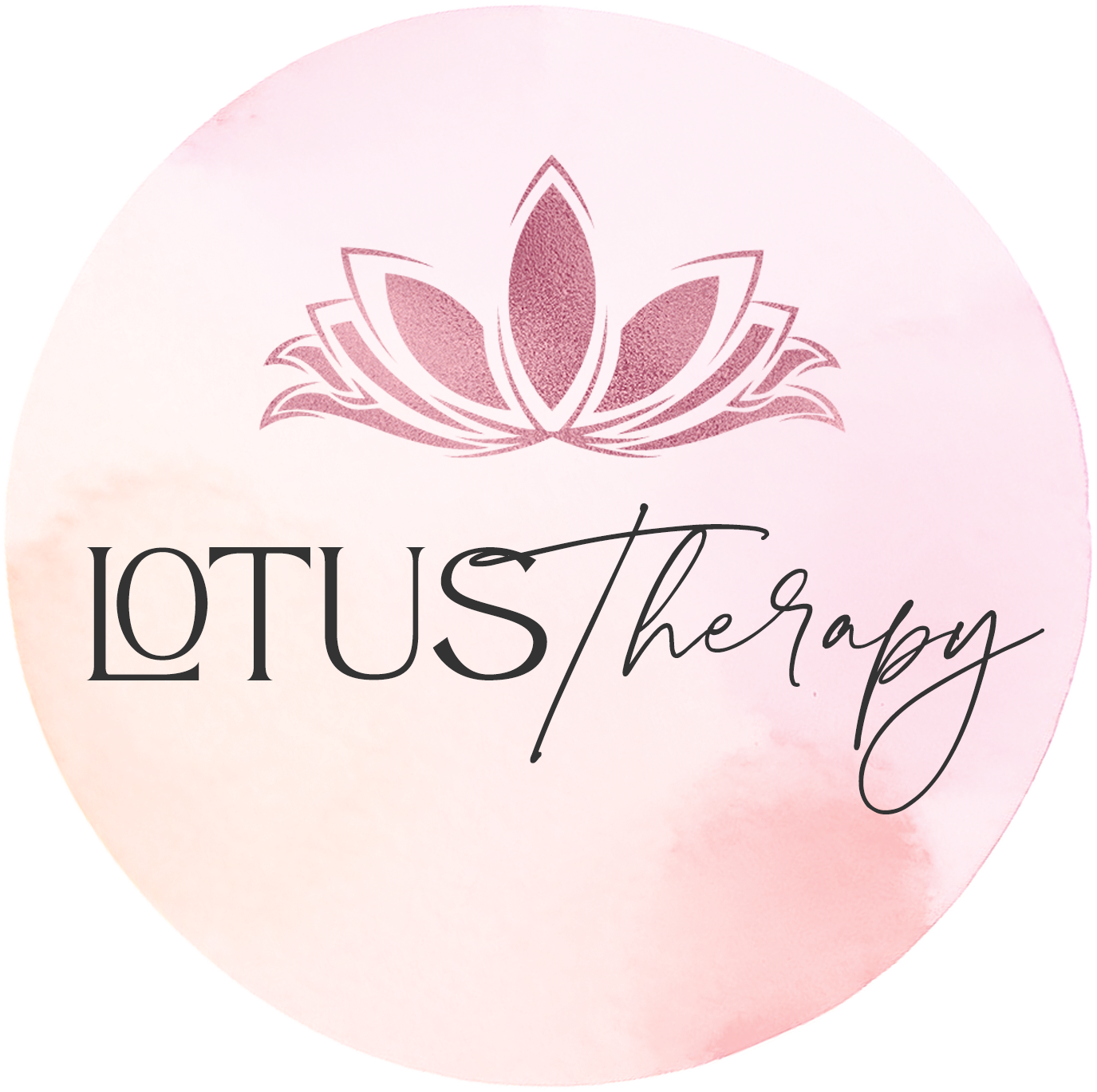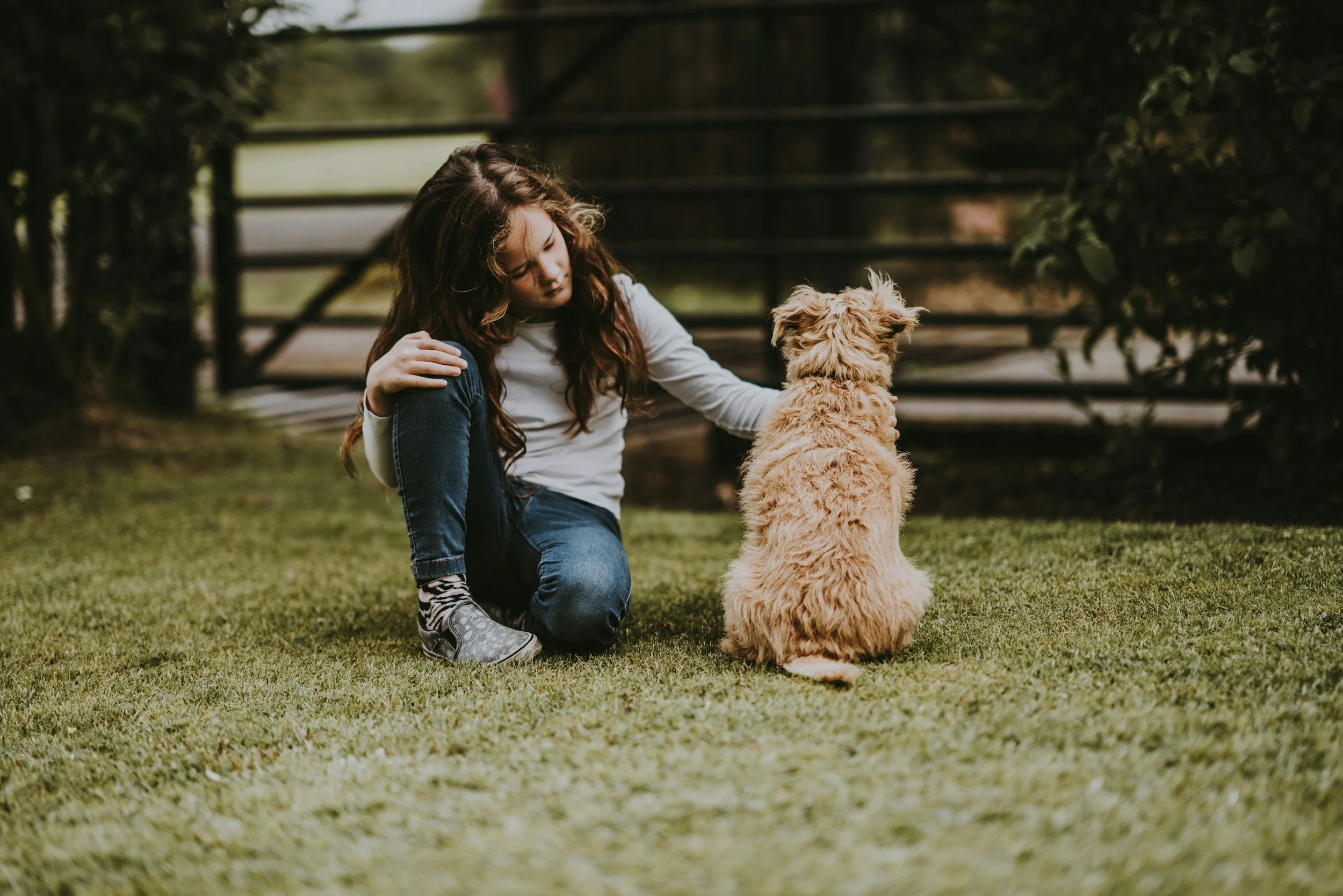The 7 Inner Child Archetypes
How They Show Up in Your Relationships
We all carry our past with us—especially the unspoken feelings, unmet needs, and emotional patterns from childhood. While we may grow up in age, our inner child often remains active just beneath the surface, influencing how we love, how we trust, and how we protect ourselves in relationships.
Understanding your inner child—especially through the lens of archetypes—can be a powerful step toward healing, self-awareness, and deeper intimacy. When you recognize which parts of you are trying to be seen, heard, or protected, you can respond with compassion instead of reactivity.
In this post, we’ll explore the 7 inner child archetypes, how each might show up in your romantic relationship, and how to begin healing and nurturing those younger parts of yourself.
What Is the Inner Child?
The inner child represents the emotional, vulnerable, and instinctual part of you that formed in early development. It carries both wounds and wisdom—the imprints of unmet needs, attachment patterns, and early joys and fears.
When unacknowledged or suppressed, the inner child can act out through conflict, anxiety, people-pleasing, or emotional withdrawal. But when understood and cared for, it can guide you toward emotional freedom, authenticity, and deeper connection.
The 7 Inner Child Archetypes
These archetypes are not fixed roles but reflections of different patterns, defenses, and unmet needs. You may resonate with more than one, and their presence may shift based on context or life stage.
1. The Abandoned Child
Core wound: Fear of rejection or being left behind
Common traits: Clinginess, anxiety, difficulty being alone, fear of not being wanted
In relationships, this archetype may seek constant reassurance and fear emotional distance. The abandoned child might interpret a delayed text or a quiet evening as proof of being unloved.
Healing path: Learning to provide internal reassurance and practicing emotional self-soothing. Reminding yourself, “I am safe, even when others take space.”
2. The People-Pleasing Child
Core wound: Fear of disapproval or conflict
Common traits: Over-apologizing, perfectionism, prioritizing others' needs over their own
This archetype often shows up by silencing personal needs or going along with things to “keep the peace.” It may say “yes” when it wants to say “no” and feel deeply uncomfortable expressing anger or frustration.
Healing path: Reconnecting with your own preferences, desires, and boundaries. Practicing small acts of self-advocacy and learning that conflict doesn’t mean abandonment.
3. The Scapegoat Child
Core wound: Feeling blamed, misunderstood, or shamed
Common traits: Rebellion, defensiveness, self-sabotage, mistrust of authority
In relationships, this inner child might resist intimacy or push people away before they can be hurt. They may expect to be “blamed” and respond with withdrawal or aggression.
Healing path: Recognizing that your needs matter. Learning to trust others with your truth and allowing healthy repair in conflict.
4. The Caretaker Child
Core wound: Emotional neglect or parentification
Common traits: Over-responsibility, burnout, difficulty receiving care or help
This archetype is often seen in relationships where one partner “over-functions,” always managing emotions or anticipating needs, while neglecting their own. It stems from early roles where the child felt responsible for others’ wellbeing.
Healing path: Releasing the belief that love equals caretaking. Practicing receiving care, support, and rest without guilt.
5. The Magical Child
Core wound: Disillusionment, loss of innocence, or betrayal
Common traits: Idealism, avoidance of conflict, fantasy over reality
In romantic relationships, the magical child may crave idealized love, struggle with grounded problem-solving, or avoid facing difficult emotions. They may retreat into daydreams or become disillusioned when a partner doesn’t meet imagined ideals.
Healing path: Grounding in the present moment. Embracing imperfection in others while staying anchored in your own emotional truth.
6. The Wounded Child
Core wound: Deep emotional pain or trauma
Common traits: Low self-worth, self-blame, difficulty trusting love or joy
The wounded child may live with an inner narrative of “I am broken” or “Something’s wrong with me.” In relationships, this can look like pushing away love, fearing intimacy, or expecting rejection.
Healing path: Practicing radical self-compassion. Validating your own pain while separating past experiences from present relationships.
7. The Playful Child
Core wound: Suppression of joy or creativity
Common traits: Bursts of joy, humor, creativity, but often hidden under pressure or seriousness
While not inherently wounded, the playful child can get buried under adult stress, responsibility, or emotional tension. In relationships, this archetype brings levity and spontaneity but may go dormant when safety or expression is discouraged.
Healing path: Reclaiming joy. Allowing silliness, humor, and creative play as forms of connection and self-expression.
How These Archetypes Impact Romantic Relationships
Each inner child archetype carries an emotional blueprint that influences how we:
React in moments of stress or conflict
Express or suppress needs
Set boundaries or blur them
Handle closeness and emotional distance
Interpret our partner’s behavior
When left unseen, these patterns can drive reactive behavior or miscommunication. But when brought into awareness, they open the door to empathy—for yourself and your partner.
How to Begin Healing the Inner Child in Relationships
Name the Part That’s Showing Up
When you feel triggered or reactive, pause and ask:
“What part of me is speaking right now?” or “What does my inner child need in this moment?”Speak to Yourself Gently
Offer the words you needed as a child:
“I see you. You’re safe. You’re allowed to feel this.”Communicate from Awareness, Not Reaction
Instead of blaming or withdrawing, try:
“A younger part of me is afraid right now. I need some reassurance, not because I doubt you—but because I’m learning to feel secure.”Invite Your Partner Into the Healing
When appropriate, share what you’re learning about yourself and how they can support you with empathy, not fixing.
Inner Child Work Is Relationship Work
The most powerful thing you can bring into your romantic relationship isn’t perfection—it’s self-awareness. When you understand your inner child and learn to tend to those parts with care, you interrupt old patterns and create space for new, healing experiences in love.
Because ultimately, your relationship isn’t just a bond between two adults—it’s a space where past and present meet. And when you offer safety to the younger parts of yourself, you offer safety to the relationship itself.
Want support in exploring your inner child and how it’s affecting your partnership? As a couples therapist, I help clients integrate healing work into real, everyday relationship dynamics. Reach out today to begin the journey.
As a couples therapist based in Lakeland, Florida, I offer personalized counseling services to help couples strengthen their relationships. If you feel that professional help could benefit your relationship, don’t hesitate to reach out! If you're looking for something more personalized, I invite you to contact me for a consultation or book a session. Together, we can work towards building a more intentional and fulfilling relationship.
Written By: Crystin Nichols MS, RMFTI

